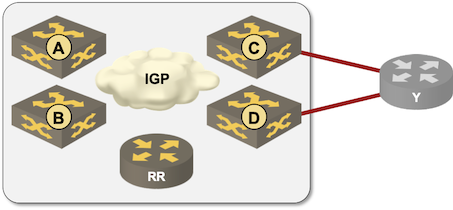AMD launches big data-center push vs. Intel, Nvidia
AMD has emerged from its long defensive crouch to taking the fight directly to Intel and Nvidia, a bold move but one backed by a company that's been racking up wins lately.Coming on the heels of a record-setting quarter, AMD announced new EPYC server CPUs, a new line of Instinct brand GPUs it says are faster in than Nvidia’s best, the next generation of its CPU architecture, and a deal with Meta, formerly known as Facebook.[Get regularly scheduled insights by signing up for Network World newsletters.] EPYC Milan-X CPU AMD CEO Lisa Su introduced the EPYC Milan-X processors, an iteration of its third-generation server processors with a 3D-stacked L3 cache called 3D V-Cache. One problem with increasing cache is you get transistor sprawl and the die gets progressively bigger. 3D stacking reduces the physical size while increasing density.To read this article in full, please click here





